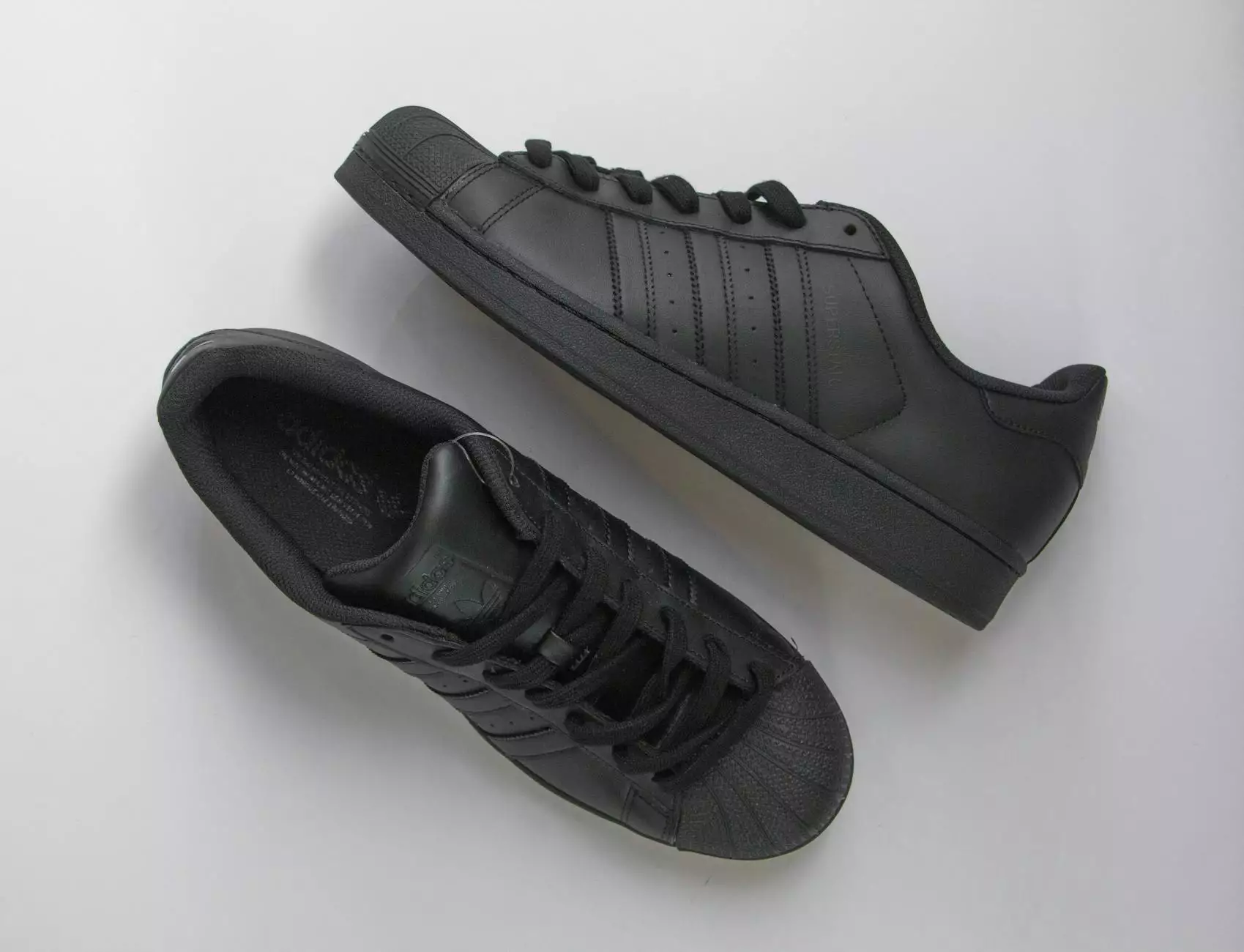Understanding Orthopaedic Flat Foot Insoles for Optimal Foot Health

In today's fast-paced world, our feet are often neglected, despite the crucial role they play in supporting our entire body. Among various foot conditions, flat feet or fallen arches are common and can lead to significant discomfort and functional limitations. This article delves deep into orthopaedic flat foot insoles, offering insights into their benefits, how they work, and why they are essential for individuals with flat foot conditions.
What are Flat Feet?
Flat feet, clinically known as *pes planus*, is a condition characterized by the collapse of the foot's arches. This leads to the entire foot making contact with the ground. Many people have some degree of flat feet, but in some, it can lead to pain and trouble in mobility.
- Types of Flat Feet: There are two primary types of flat feet - flexible and rigid. Flexible flat feet appear normal when the person is sitting or standing on tiptoes, while rigid flat feet maintain their shape irrespective of the body's position.
- Causes of Flat Feet: These can range from genetics to conditions such as arthritis or injuries. Some individuals are born with flat feet, while others may develop them over time due to improper footwear or other health issues.
The Necessity of Orthopaedic Flat Foot Insoles
Orthopaedic flat foot insoles are specifically designed to address the unique needs of individuals with flat feet. They provide support and cushioning, helping to restore proper foot mechanics.
Benefits of Using Orthopaedic Flat Foot Insoles
- Improved Alignment: Insoles help align the foot and ankle, promoting better overall body posture and reducing strain on the legs and back.
- Pain Relief: These insoles can alleviate common pain associated with flat feet, such as discomfort in the arch, heel, and even lower back.
- Enhanced Stability: They provide additional support, allowing individuals to walk, run, and engage in activities more confidently without fear of instability.
- Shock Absorption: Orthopaedic insoles help absorb the impact of walking or running, preventing excessive stress on the feet and joints.
How Orthopaedic Flat Foot Insoles Work
Understanding how these insoles function is crucial for appreciating their benefits. The insoles are designed to fill the gap where the arch is deficient, providing an artificial structural support.
Key Features of Orthopaedic Flat Foot Insoles
- Arch Support: A crucial feature that helps maintain the foot’s natural curve and distributes weight evenly.
- Cushioning: Soft materials that absorb shock and enhance comfort during walking or standing.
- Stability Components: Areas of rigidity in the insole that help prevent overpronation (the inward rolling of the foot).
- Custom Fit: Some insoles can be custom-made to match individual foot shapes and conditions for enhanced effectiveness.
Choosing the Right Orthopaedic Flat Foot Insoles
With various options available on the market, selecting the right insole is crucial. Here are a few tips to guide your choice:
Consider Your Foot Size and Shape
Insoles need to fit well within your shoes without crowding your toes. Measure your foot size and consider whether you need a wide or narrow fit.
Check the Material
Opt for high-quality materials that provide both support and comfort. Gel, foam, and thermoplastic materials are often used for their shock-absorbing and supportive properties.
Consult with a Podiatrist
Before purchasing insoles, it’s wise to consult a specialist. A podiatrist can provide personalized recommendations based on your specific condition and foot structure.
Maintaining Your Orthopaedic Flat Foot Insoles
To ensure longevity and effectiveness, proper maintenance of your insoles is essential. Follow these guidelines:
- Regular Cleaning: Clean your insoles regularly with mild soap and water to remove dirt and bacteria.
- Avoid Excess Moisture: Make sure they dry completely before placing them back in your shoes to prevent odors and material degradation.
- Replace When Necessary: Keep an eye on wear and tear. Most insoles should be replaced every 6-12 months, depending on usage.
Common Myths About Orthopaedic Flat Foot Insoles
There are several misconceptions regarding orthopaedic insoles. Let's debunk a few:
Myth 1: Insoles are Only for Older Adults
While many older adults do benefit from orthopaedic insoles, they are equally beneficial for children and young adults, especially those engaged in sports or physical activities.
Myth 2: All Insoles are the Same
Not all insoles provide the same level of support or cushioning. It is crucial to choose insoles that cater specifically to flat feet and individual needs.
Myth 3: Wearing Insoles Creates Dependency
Rather than creating dependency, properly fitted insoles can improve foot function and help individuals regain natural movement.
Conclusion
Investing in quality orthopaedic flat foot insoles can significantly improve your comfort, mobility, and overall foot health. As they provide essential support, reduce pain, and enhance stability, they can transform the way you experience daily activities. Remember to choose wisely, consult specialists, and maintain your insoles for optimal performance.
For those seeking podiatrist-approved solutions, visit The Foot Practice for top-quality orthopaedic flat foot insoles tailored for your needs. Prioritize your foot health today!



